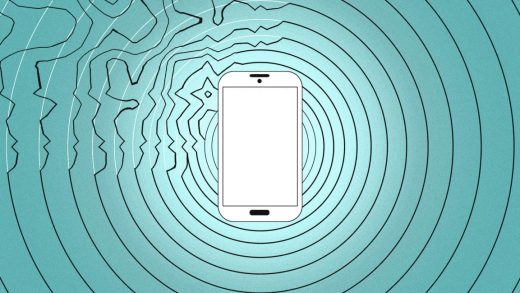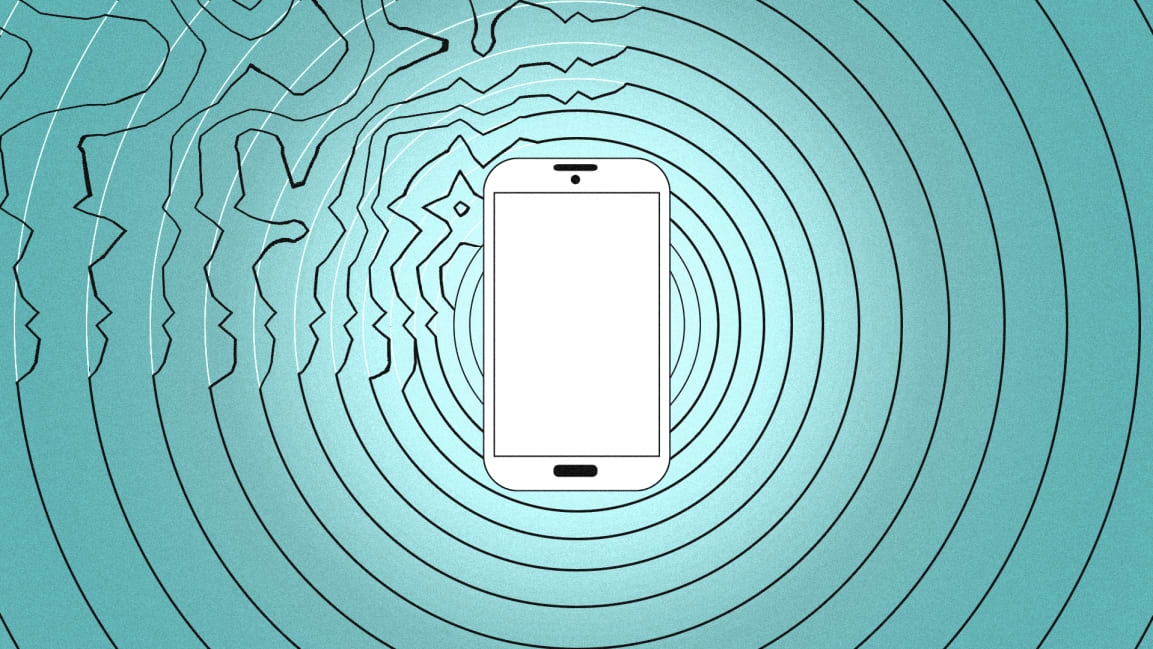Your phone could soon automatically detect opioid overdoses and call for help
When someone overdoses on heroin or fentanyl, a simple shot of naloxone can save their life. But if they happen to be alone or with friends who can’t tell that something is wrong, they probably won’t survive. Each day, an average of 115 Americans die from opioid overdose.
A new app called Second Chance uses a smartphone to detect the symptoms of an overdose. When someone’s phone sits on a table or sofa up to three feet away, the app can monitor their breathing and movement. The app isn’t yet publicly available, but it will likely alert users when it detects a problem, and if it doesn’t get a response, automatically dial 911.
It uses sound waves to work: The smartphone speaker emits inaudible sound signals, which bounce off someone’s chest as they breathe. The phone’s microphone records the echoes of that sound, and using that data, an algorithm can monitor someone’s breathing and note when it slows or stops. The app can also monitor movement and register when someone becomes motionless.
“The idea here is we are transforming the phone into an active sonar system,” says Rajalakshmi Nandakumar, a PhD candidate at the University of Washington’s school of computer science and engineering and one of the authors of a new study that demonstrated the app’s effectiveness.
The researchers studied participants at a supervised injection facility in Vancouver as they developed and tested the app. When the participants experienced “dangerous breathing”–a rate of seven or fewer breaths a minute, or prolonged periods where breathing stopped–the app correctly identified the emergency 90% of the time.
The real-world testing helped ensure that the app could truly be useful. “Measuring these events is really, really challenging, as you can imagine–when someone’s having an overdose, acute respiratory failure, this is a life-threatening emergency,” says coauthor Jacob Sunshine, an assistant professor of anesthesiology and pain medicine at the University of Washington School of Medicine. “So it was unique that we were able to access people who were engaging in these high-risk activities in a safe environment.” Since overdoses are relatively rare at the facility, the researchers focused on identifying the changes in breathing that are a precursor for overdose. They also tested the app in an operating room, where anesthesiologists routinely use opioids during operations.
With proof that the idea works, the researchers are now designing the user interface. The developers note that the app respects privacy–it’s based on inaudible sounds, and doesn’t record conversations or any other private data. The researchers are currently working on FDA approval. “We are hoping that given the importance of the problem and how accessible [the solution] is–all you need is an app–that the FDA can fast-track the process,” says Shyam Gollakota, an associate professor at the University of Washington’s school of computer science and engineering.
(16)



